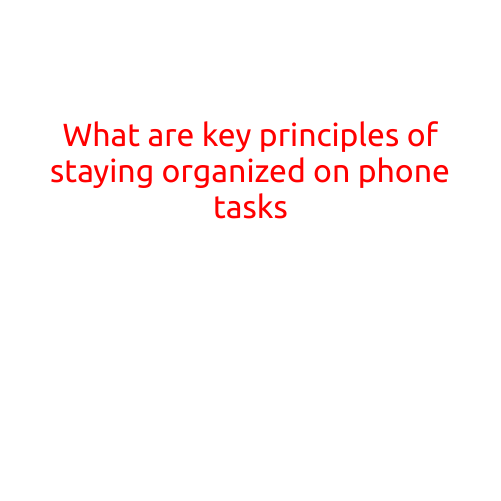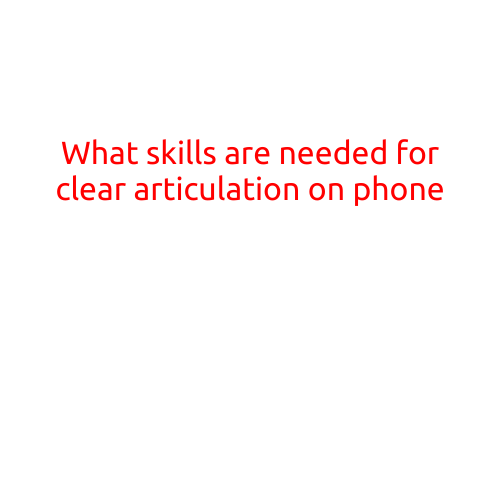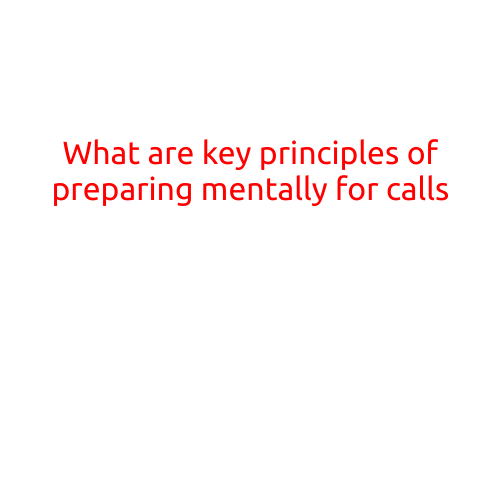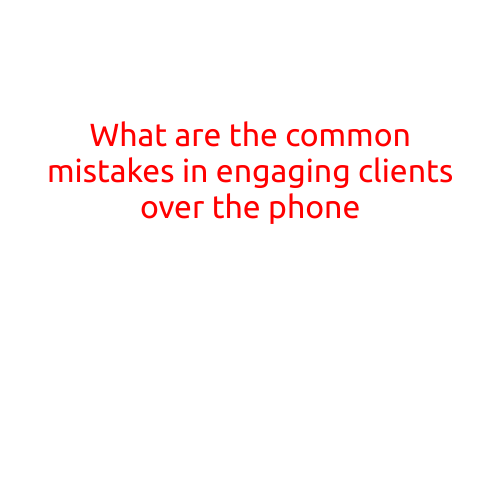
How to Effectively Use Tone of Voice in Phone Calls
When it comes to phone calls, tone of voice can make all the difference in communicating effectively and building strong relationships with clients, customers, or colleagues. A conversation over the phone is often limited to just your voice, making tone of voice a crucial element in conveying your message, setting a positive tone, and establishing trust.
In this article, we’ll explore how to effectively use tone of voice in phone calls to achieve your goals and improve your communication skills.
Why Tone of Voice Matters
Before we dive into the techniques, let’s highlight the importance of tone of voice in phone calls:
- Emotional intelligence: Tone of voice can convey emotions, such as enthusiasm, empathy, or confidence. This helps recipients understand your emotional state and respond accordingly.
- Trust and rapport: A warm, friendly tone can build trust and establish a sense of rapport with the other person.
- Clear communication: An appropriate tone can ensure that your message is conveyed clearly and effectively, reducing misunderstandings and miscommunications.
- Professionalism and confidence: A professional tone can boost your credibility and demonstrate confidence, making you more likely to achieve your goals.
Techniques for Effective Tone of Voice
Now that we’ve established the importance of tone of voice, let’s explore some techniques to help you use it effectively:
- Speak clearly and slowly: Enunciate each word carefully, and speak at a moderate pace. This helps recipients understand you easily and prevents misunderstandings.
- Use a warm and friendly tone: Begin with a warm and welcoming tone to establish a positive connection. This sets the stage for a productive and friendly conversation.
- Adjust your tone to the situation: Adapt your tone to the context of the call. For example, use a more formal tone in business calls and a more casual tone in personal calls.
- Show empathy and concern: Use a concerned and empathetic tone when discussing sensitive or emotional topics. This helps the other person feel heard and validated.
- Use pauses for emphasis: Pause briefly before making a key point or asking a question. This helps the other person focus on what you’re saying.
- Smile while you talk: Believe it or not, your smile can be detected through your tone of voice. Smile while you talk to convey warmth and friendliness.
- Pause between sentences: Take a brief pause between sentences to allow the other person to process what you’ve said and prepare their response.
- Use a confident tone: Use a confident tone when discussing your work or expertise. This shows that you’re knowledgeable and trustworthy.
- Avoid filler words: Try to minimize the use of filler words like “um,” “ah,” and “like.” These can make you sound uncertain or distracted.
- Practice active listening: Use a reflective tone to show that you’re actively listening to the other person. Repeat back what you’ve heard to ensure you understand their perspective.
Additional Tips
In addition to the techniques mentioned above, here are a few more tips to keep in mind:
- Be genuine: Your tone of voice should reflect your true personality. Don’t try to fake it, as this can come across as insincere.
- Be aware of your body language: Even though you’re on a phone call, your body language can still convey confidence or nervousness. Make sure to sit up straight and relax.
- Prepare in advance: Before a call, take a few deep breaths and mentally prepare yourself to sound relaxed and confident.
Conclusion
Using tone of voice effectively in phone calls is crucial for building strong relationships, communicating clearly, and achieving your goals. By incorporating these techniques into your daily calls, you can establish a positive tone, build trust, and convey your message with confidence.
Remember to speak clearly, use a warm and friendly tone, adjust your tone to the situation, and show empathy and concern. With practice, you’ll become more comfortable using your tone of voice to communicate effectively over the phone.





